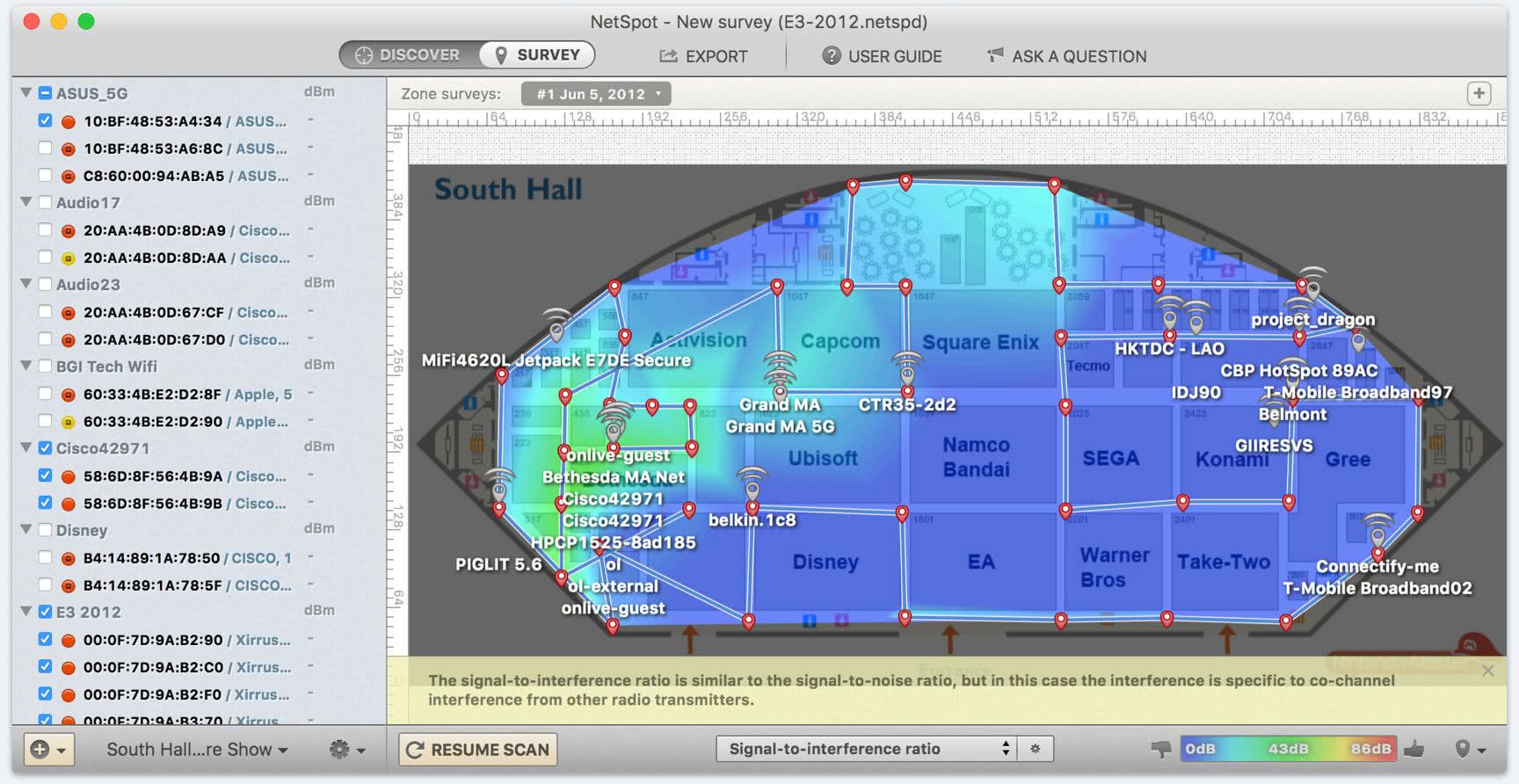


The reason for this motion is to prevent tissue damage when the bent section is sharp. By advancing the guide-wire loop to the introducer sheath tip, the short string could be fixed with one hand, which allowed for the radiologist to push the long string of the wire slightly. The reason for bending as much as the length of the sheath is that if the short string is held, the bent end does not exit the sheath. The end of the guide-wire was bent to the length of the sheath and inserted into the introducer sheath with the bent end first. The alternative loop snare was fabricated using a 0.018-inch, 180-cm long hydrophilic guide-wire (Radiofocus, Terumo Corp., Tokyo, Japan). If it failed to capture the tip despite several attempts, the procedure was changed to the alternative loop snare technique. The loop of the snare catheter was then advanced between the tip and the wall. Then a 6-Fr conventional snare catheter (Multi-Snare ® set, pfm medical ag, Koln, Germany) with a loop diameter of 20 mm was inserted into the introducer sheath. introducer sheath (Radiofocus, Terumo Corp., Tokyo, Japan) was inserted over the 0.035-inch guide-wire.

Performing a retrograde approach, a 7-F latex nelaton catheter (Sewoon, Chingdao, China) was first inserted into their urinary bladders for passage of the guide wire.Īfter determining the best route, an 8-Fr. When the tips of the two stents were in the bladder, the procedure was performed using a retrograde approach via the transurethral route. When the tips of the three migrated DJ stents were located in the renal pelvis, the procedure was carried out by an antegrade approach using the PCN route. Prior to starting the procedure, both the size and position of the DJ stents were evaluated under fluoroscopy to determine where to perform the procedure. There were two males and two females, with an age range from 43 to 57 years (mean: 48.6 years) ( Table 1).Ībbreviations: TA, time for alternative loop snare technique TC, the elapsed time for the conventional technique TP, total procedure time.Īll procedures were performed with patients under moderate sedation by two certified attending interventional radiologists with 7 years and 21 years of experience, respectively. A patient underwent the same procedure twice. Four patients underwent retrieval or change of the DJ stent with an alternative loop snare technique by an interventional radiologist using a guide-wire. DJ stents were successfully removed using a conventional technique in 13 patients. Between 20, 17 patients were referred to interventional radiology for exchange or removal of the DJ stent. This retrospective study was approved by our Institutional Review Board. Therefore, we report an alternative loop snare technique using a guide-wire. If the use of any one device is difficult, various other devices may be tried, which could increase the cost of the procedure. In addition, tissue forceps and stone baskets could cause physical damage to the bladder wall. However, if the lumen has collapsed, is very wide, or if the tip of the DJ stent is lodged in the bladder wall, there is a limit to the amount of time that could be spent handling these devices. In these cases, patients are referred to an interventional radiologist and removal of the DJ stent is attempted under fluoroscopic guidance with conventional snare wires, tissue forceps, or stone baskets ( 1). The removal and exchange of DJ stents are also typically performed using a retrograde approach, but retrieval procedures become difficult when DJ stents have migrated to the renal pelvis or become lodged in the bladder wall. However, if bladder access is difficult or the urethral stricture is severe, placement may be carried out using a percutaneous renal nephrostomy (PCN). The placement of a double J (DJ) ureteral stent is usually performed by a urologist through the bladder via cystoscopy. The loop snare technique using a guide-wire could be an alternative and inexpensive approach for difficult DJ stent removal.Ĭase Report Stent Ureter Device Removal 1.


 0 kommentar(er)
0 kommentar(er)
